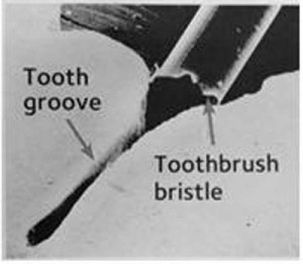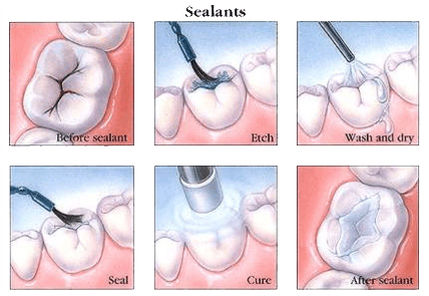Understanding the Purpose and Benefits of Dental Sealants
Dental sealants are a common preventive treatment used to protect teeth from the risk of cavities and tooth decay. These thin, plastic coatings are applied to the chewing surfaces of molars and premolars, where the majority of dental decay occurs. The purpose of dental sealants is to create a protective barrier that prevents bacteria and food particles from settling into the deep crevices of the teeth.
One of the main benefits of dental sealants is their ability to significantly reduce the risk of cavities. By creating a smooth surface on the tooth, sealants make it easier to maintain good oral hygiene practices like brushing and flossing. Sealants are particularly recommended for individuals who have deep grooves on their teeth or are prone to cavities.
The Process and Procedure of Applying Dental Sealants
The process of applying dental sealants is quick, painless, and typically completed in one dental visit. It is typically done by a general dentist or dental hygienist. The first step involves a thorough cleaning and drying of the teeth to ensure proper adhesion of the sealant.
Once the teeth are ready, an acidic solution is applied to the chewing surfaces of the teeth. This solution helps roughen the surface of the teeth, making it easier for the sealant to bond securely. After rinsing and drying the teeth again, the dental sealant is carefully brushed onto the targeted areas. To ensure proper sealing, a special curing light may be used to harden and set the sealant.
After the sealant application, it is essential to check the bite to ensure that the sealant hasn’t altered the natural alignment of the teeth. If any adjustments are needed, your dentist can make them at this stage.
Maintaining and Caring for Dental Sealants: Tips and Advice
Caring for dental sealants is relatively easy, requiring only regular oral hygiene practices. It’s important to continue brushing your teeth twice a day with a fluoride toothpaste and flossing daily to remove any food particles or plaque buildup. Additionally, you should schedule regular dental check-ups to ensure the sealants are intact and functioning correctly.
While dental sealants can offer long-lasting protection, they are not invincible. Over time, they may wear off or chip due to the constant forces of chewing and biting. Therefore, it is crucial to avoid habits like chewing ice, using teeth as tools, or biting on hard objects. By being mindful of these habits and maintaining proper oral hygiene, you can ensure that your dental sealants provide optimal protection for many years to come.
In conclusion, dental sealants are a valuable preventive treatment that can significantly reduce the risk of cavities. Understanding their purpose, benefits, application process, and proper care is essential in maintaining good oral health. If you’re considering dental sealants, consult with your general dentist who can provide personalized recommendations and answer any questions you may have.




 How long do sealants lasts?
How long do sealants lasts?